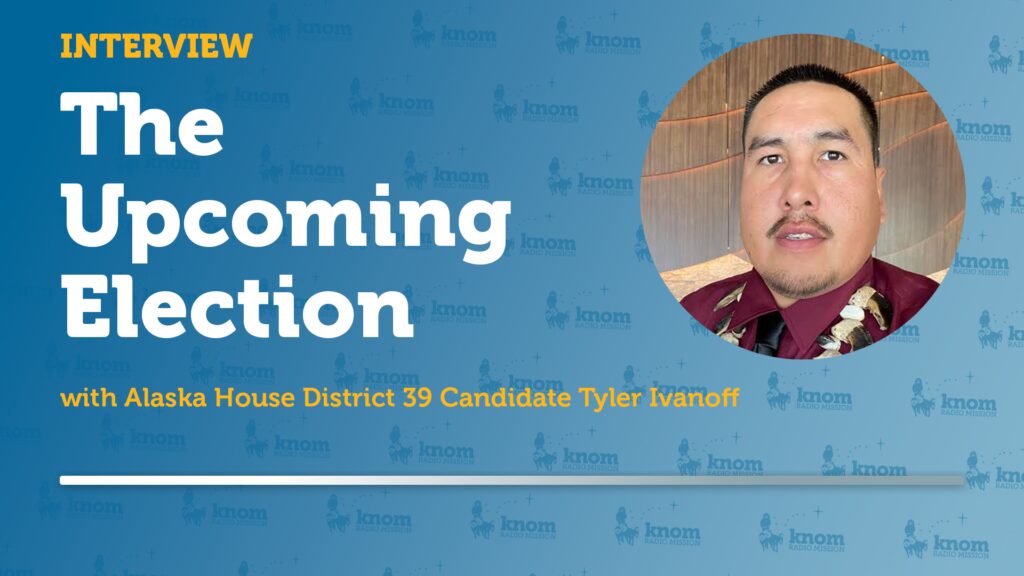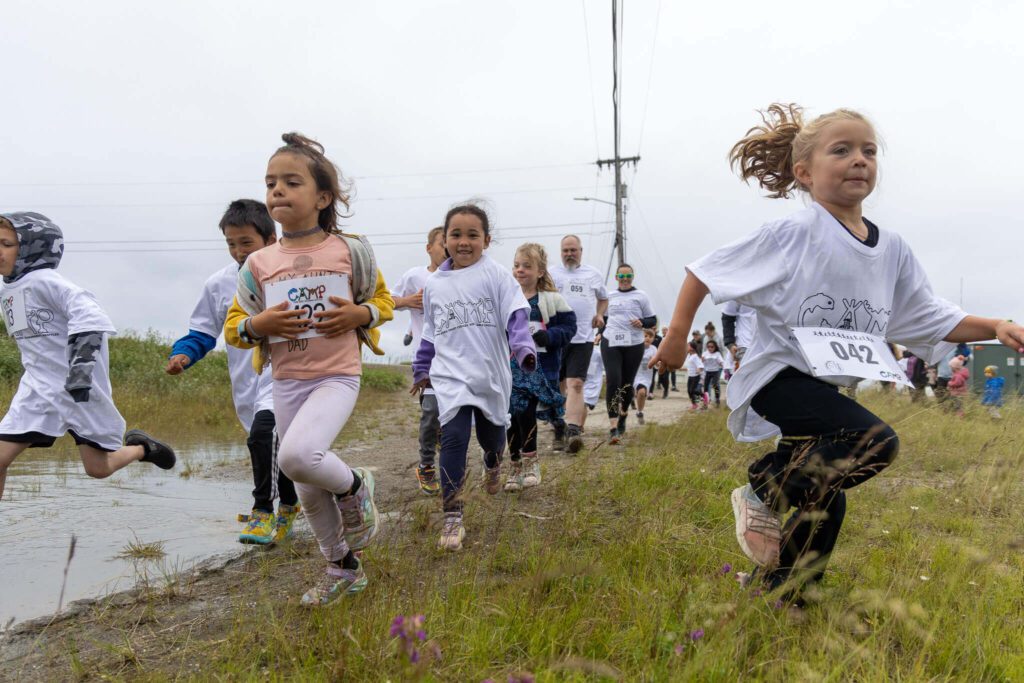Tribal co-management for subsistence resources was the focus at the Alaska Federation of Native’s work session on food safety Thursday.
The session—one of four covering topics like public safety, education, and climate change—highlighted current co-management programs for subsistence resources like whales and walrus, with the aim of applying similar practices to rehabilitate Chinook salmon stocks on the Yukon and Kuskokwim Rivers.
Mike Conner, deputy secretary of the Department of the Interior, said the idea of spreading resource management out between state, federal, and tribal groups has appeal, and it’s one idea he said the Department of the Interior is looking to test “administratively” in a pilot project along the Kuskokwim salmon fishery.
“Bottom line is, we are going to be moving forward with this idea, we have a lot of work to do with the subsistence users themselves,” Conner said at the podium. “There’s a process under ANILCA to establish this local advisory council. We need to work with the state of Alaska, and we need to, of course, work with the community most affected in the Kuskokwim River Drainage, and also, all of you.”
A successful “proof of concept,” Conner added, could mean expanding co-management to other salmon fisheries in Alaska.
Myron Naneng, the head of the Association of Village Council Presidents, has been working to establish an inter-tribal fish commission for communities along the Kuskokwim River. With federal management taking over for state leadership on the Kuskokwim river system this past summer, Naneng said the inter-tribal commission organization would take the lead in dealing with the state and the feds in any co-management project.
“In Yup’ik language, king salmon, salmon in general, is called neqa … food,” Naneng said.
“Because of the need for food security, our people have made a commitment to try to establish the inter-tribal fish commission. We don’t need to be cooperating with the management people. We need to help them make good decisions that are a benefit to the resource. And eventually every one of us will benefit from that.”
Existing co-management regimes exist in Alaska. Harry Brower Jr., a whaling captain in Barrow and the chairman of the Alaska Eskimo Whaling Commission, spoke to the commission’s successful co-management with the National Oceanic and Atmospheric Administration that dates back to 1980.
But Nome’s Vera Metcalf—speaking on behalf of the Eskimo Walrus Commission, another co-management program in the state—cautioned that co-management may be a worthwhile goal, but will remain an unrealized dream without money to back it up.
“There’s really not a level playing ground here since ANOs [Alaska Native organizations] continue to receive little and decreasing amounts of funding, at the unilateral decisions of agencies, although the urgency and complexity of the issues affecting our environment and traditional subsistence reliance of walrus continue to increase,” Metcalf said.
“Our funding decreases just about every year,” she said with frustration. “We are expected to do more for less.”
A co-management scheme for Kuskokwim king salmon isn’t the only co-management project moving forward, however; the food security work session closed with a look at plans from the Ahtna region to pursue co-management programs near the Copper River through federal legislation.







